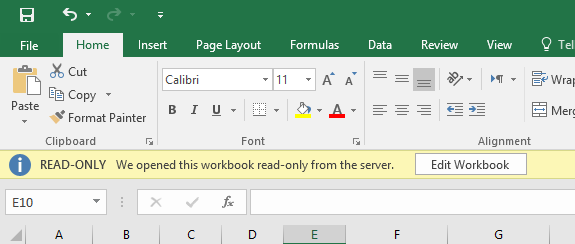
Instead of relying on the presence of a third-party solution like Homestead on the developer's machine, Docker will read the set of instructions and build the corresponding environment from scratch. Sail's approach is different, in that the instructions to build the development environment come with the project's source code.

While Homestead and Valet look quite different on paper, they promote the same general approach to local development, which is also shared by most of the aforementioned solutions: they try to be one-size-fits-all environments for Laravel projects and aim at managing them all under one roof. It relies on a local installation of PHP instead of a virtual machine, and is intended to be used alongside other services like DBngin or Takeout to manage other dependencies like databases. Valet, on the other hand, is a lightweight environment for macOS focussed on performance. That includes essential components like PHP, MySQL and a web server (Nginx), but also other technologies like PostgreSQL, Redis or Memcached. How does it compare to its predecessors?Īs a refresher, Homestead is a Vagrant box (a virtual machine) featuring everything most Laravel applications need. The future of Sail appears to be bright, as the Laravel documentation immediately featured it as the preferred way to instal and run Laravel projects locally, a spot that Homestead and Valet had occupied for a long time. Laravel Sail is based on Docker, a technology leveraging containers to essentially package up applications so they can run quickly and easily on any operating system. It is the most recent addition to an already long list featuring official solutions like Homestead and Valet on the one hand, and community efforts like Laragon, Laradock, Takeout and Vessel on the other (according to the GitHub repository, Sail is largely inspired by the latter). Sail is Laravel's latest development environment. The meilisearch, mailhog and selenium services.How does it compare to its predecessors?.It is also a plea to developers to break away from it, in favour of their own, tailored solution.īut before we get there, we need to take a look under the deck, starting with a high-level explanation of what Sail is.
#You are running psequel in read only mode on mac how to
This post is about what to expect from Laravel Sail, how it works and how to make the most of it.


But it also left some confusion in its wake, as Sail isn't exactly a guide to becoming a Docker expert, and it introduces an approach to development that is quite different from its predecessors. The announcement caused a wave of excitement across the community, as a lot of people identified the new environment as an opportunity to finally get into Docker. 📸 If you missed my stream walking through Laravel Sail and chatting about some of the documentation improvements, you can watch it here! Stream really starts at the timestamp in this link: 📸- Taylor Otwell ⛵️ December 8, 2020 On December 8 2020, Taylor Otwell announced the launch of Laravel Sail, a development environment based on Docker, along with a large overhaul of Laravel's documentation: The sky he has been sailing towards is nothing but a painted backdrop. Looming above him out of the sea is a cyclorama of colossal dimensions.

Truman recovers and clambers across the deck to the bow of the boat. All is calm until we see the bow of the boat suddenly strike a huge, blue wall, knocking Truman off his feet. Truman continues to steer his wrecked sailboat towards the infinitely receding horizon. You can also subscribe to the RSS or Atom feed, or follow me on Twitter.


 0 kommentar(er)
0 kommentar(er)
